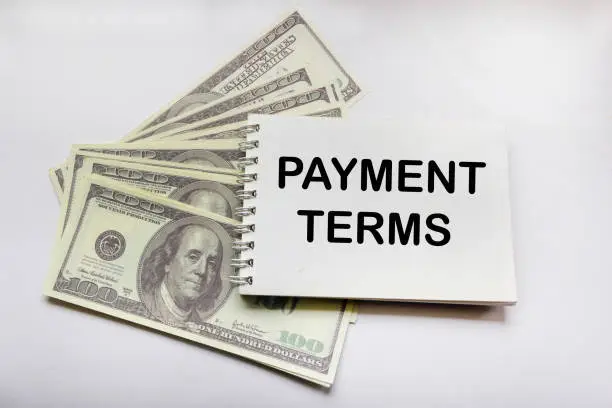In today’s fast-paced digital age, when unexpected expenses or expensive purchases have become commonplace, credit card EMI comes as a smart and convenient solution. But when it comes to choosing the best EMI plan, there are three big names HDFC, SBI, and ICICI. The first thing that comes to mind is choice. Each bank offers unique offers, interest rates, and repayment flexibility in its own way, but which is the best option for you? This Credit Card EMI Comparison will help you make a better choice.
Our Credit Card EMI Comparison guide of ten leading banks gives you a clear and detailed view. The Credit Card EMI Comparison arrange is an in-depth analysis. We’ll cover everything from interest rates, processing fees, repayment periods, and even hidden charges. If you want your Credit Card EMI to be pocket-friendly and stress-free, then this Credit Card EMI Comparison is a great starting point for you.

Interest rates
When you are thinking of choosing a credit card EMI plan of any bank, the first factor influencing the decision is the interest rate. HDFC Bank typically charges an interest rate of 13% to 18% depending on customer profile, product value and tenure. ICICI rates are slightly lower, making it cost-effective, especially for long-term customers. SBI sometimes charges 14% to 22%, but their advantage is that it remains the same from time to time. Zero-cost Credit Card EMI We also bring deals. If you are less interested in buying long-term, then ICICI and HDFC This plan may be more suitable, but it is important to always check the current offer.
Processing Fees
Another important factor along with the interest rate is the processing fee that many people overlook, but it can also add to your overall cost. HDFC’s processing charge usually ranges from ₹199 to ₹999 depending on the transaction amount and duration. SBI offers relatively low fees with charges ranging from ₹99 to ₹499, which is beneficial for short-term EMIs. ICICI also follows a reasonable fee structure but can go up to ₹500 in some categories. This hidden cost can sometimes cause an unexpected difference in your total payment amount. So, while choosing an EMI plan, don’t ignore the processing fee, and better check every detail carefully.
Repayment Term
Every customer’s financial situation is different, so payment flexibility is also very important. Three banks, including HDFC, SBI and ICICI, offer standard 3, 6, 9, 12, 18 and 24-month EMI plans. SBI also sometimes offers an extension plan of up to 36 months, which is perfect for those who want to pay in smaller monthly instalments. If you want to reduce your monthly load, it makes sense to opt for a longer term. But keep in mind that the longer the tenure, the higher the total interest. Keeping in mind both the monthly budget and the total cost – it’s important to strike a balance.

Prepayment Charges
Many people prefer to clear their EMI before the due date to reduce the interest burden. But some banks also pay this amount as per their convenience. Prepayment or foreclosure charges: HDFC and ICICI usually charge 3% of the outstanding amount if you want to close the EMI quickly. SBI has a somewhat flexible approach in this regard in some cases, the charges are reduced or waived off altogether. If you feel that you will be able to repay your EMI in a short period, then opt for an EMI plan where the prepayment penalty should be minimal or zero. This small bit of arranging can spare you a part of cash in the long run.
No Cost EMI
As soon as one hears about no-cost EMI, one thinks that it is the best deal, but actually there is fine print hidden in that too. HDFC, SBI and ICICI are the only popular e-commerce platforms like Tino Amazon, Flipkart, Croma and Reliance Digital. They also offer regular no-cost EMI deals. But sometimes hidden interest is adjusted in the product price or processing fee is charged separately. So, whenever opting for a no-cost EMI, it is very important to check the seller’s terms and bank charges in detail. If the deal is transparent and the price is genuine, no-cost EMI can be a great option for buying more tickets.
App Experience
In today’s advanced time, client comfort has ended up exceptionally critical. Everyone wants EMI setup, tracking and payment to be done efficiently from one place. Credit Card EMI Comparison also depends on app ease and features. ICICI Mobile app, with a sleek and fast interface, makes EMI conversion easy. SBI YONO app and HDFC are also powerful, and their customer service channels are quite active.
SmartHub and PayZapp may seem a bit complicated for new users, but the features are rich. ICICI and SBI apps are more useful if you are digitally savvy and want to control all EMIs from mobile. User-friendly and responsive, the alternatives are awesome. Moreover, the client support of these banks is incite and proficient, making your experience hassle-free.

Quick Tips
Look at your budget: Estimate your monthly income and expenditure and then decide on tenure.
Compare offers: It is important to compare the interest rates and charges of each bank.
Check Flexibility: Find a plan that has a prepayment option and the tenure is as per your need.
Please understand all the charges: Do not ignore hidden charges like processing fee and GST.
Use a trusted platform: Always apply for EMI only through the bank’s official app or secure website.
Conclusion
Credit card EMI plans have ended up a necessary portion of today’s fast-paced way of life, but not each arrangement is idealized for each client. Best banks like HDFC, SBI and ICICI offer EMI choices to their clients with distinctive highlights – a few have moo intrigued rates, a few have moo preparing expenses and a few have adaptable reimbursement periods. So, whereas choosing the best EMI arrange, it is critical to get it for your budgetary needs, month to month budget and long-term goals.
If you require moo charges with short-term reimbursement, SBI can be a great alternative. For long-term purchases, ICICI’s low-interest plan is cost-effective, while HDFC proves to be a reliable choice with premium services and multiple tenure options. Each bank has its strengths, but making an informed decision can be your biggest financial advantage. Taking EMI is easy, but taking the right EMI is wise.